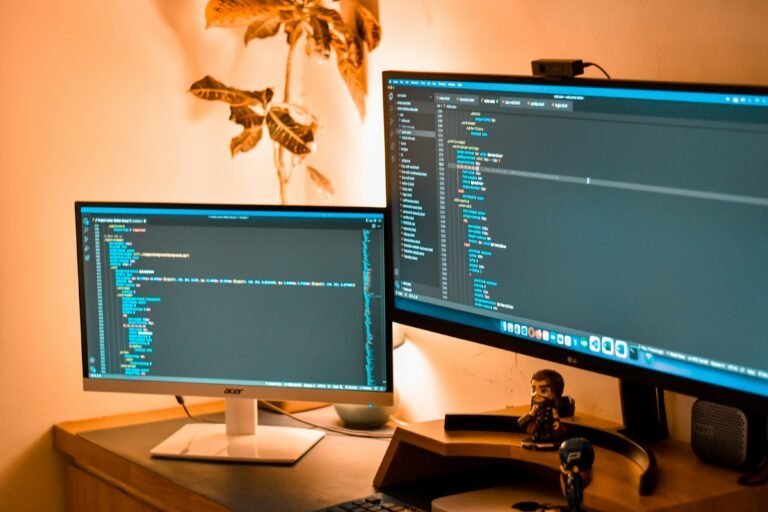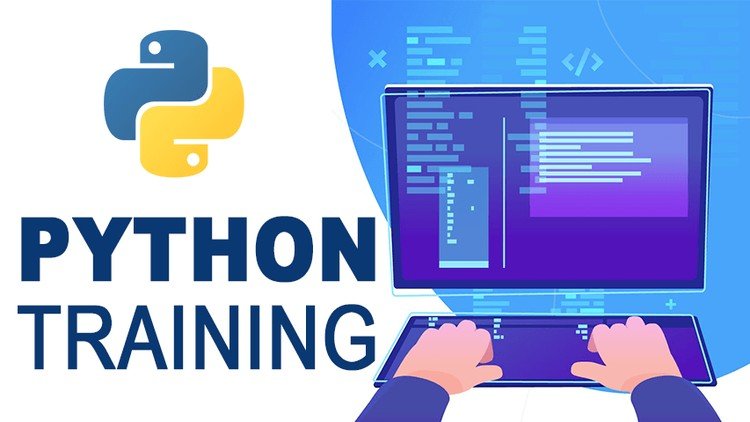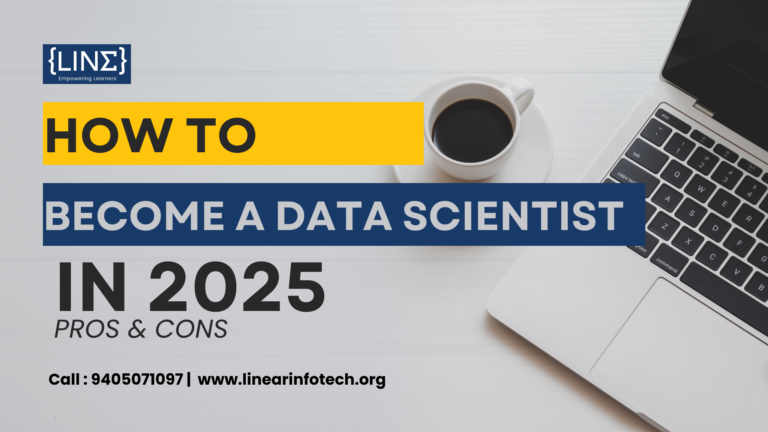Python vs. R: Which is Better for Data Science?
Python vs. R: Which is Better for Data Science?
Data science has become a critical field across industries, and two programming languages often dominate the conversation: Python and R. While both are widely used for data analysis, machine learning, and statistical modeling, choosing the right one depends on your specific needs, background, and goals. In this blog, we’ll explore the strengths and weaknesses of Python and R to help you make an informed decision.
1. Overview of Python and R
Python
Python is a general-purpose programming language with a simple syntax, making it beginner-friendly. It’s versatile and widely used across various domains like web development, machine learning, data analysis, and automation.
R
R was specifically designed for statistical computing and data visualization. It’s favored by statisticians and researchers for its powerful tools and libraries dedicated to data analysis.
2. Strengths of Python for Data Science
2.1 Versatility
Python’s general-purpose nature allows it to handle everything from data cleaning and analysis to deploying machine learning models in production.
2.2 Extensive Libraries
Python boasts a rich ecosystem of libraries like:
- NumPy and Pandas for data manipulation.
- Matplotlib and Seaborn for visualization.
- Scikit-learn for machine learning.
- TensorFlow and PyTorch for deep learning.
2.3 Integration Capabilities
Python integrates seamlessly with other technologies, making it a preferred choice for projects involving databases, APIs, and big data tools like Hadoop and Spark.
2.4 Easy Learning Curve
Python’s syntax is simple and similar to English, which makes it easier for beginners to pick up.
3. Strengths of R for Data Science
3.1 Specialized for Statistics
R is purpose-built for statistical analysis, offering unparalleled features for:
- Advanced statistical modeling.
- Hypothesis testing and data sampling.
3.2 Superior Data Visualization
R excels in creating stunning and customizable visualizations through libraries like ggplot2 and plotly.
3.3 Domain-Specific Packages
R has an extensive range of packages for specialized domains, such as bioinformatics and econometrics.
3.4 Active Research Community
R is heavily used in academia and research, ensuring cutting-edge statistical methods are quickly implemented in R packages.
4. Weaknesses of Python for Data Science
- Limited Statistical Libraries:
While Python has statistical libraries, they are not as comprehensive as R’s. - Steeper Learning Curve for Advanced Visualizations:
Creating advanced, publication-quality visualizations can require more effort in Python than in R.
5. Weaknesses of R for Data Science
- Not General-Purpose:
R’s functionality is largely confined to data analysis and visualization, making it less versatile than Python. - Less Scalable for Production:
Deploying R models in production environments is more challenging compared to Python. - Complex Syntax:
R’s syntax can be less intuitive, particularly for those new to programming.
6. When to Choose Python for Data Science
- You want a versatile language for tasks beyond data science.
- You aim to work in production environments or with big data technologies.
- You are new to programming and prefer a simple syntax.
- Your projects involve machine learning or deep learning.
7. When to Choose R for Data Science
- You are focused on statistical analysis or research.
- You need advanced data visualization for academic or presentation purposes.
- Your field requires domain-specific packages available in R.
- You already have a background in statistics.
8. Can You Use Both Python and R Together?
Absolutely! Tools like RMarkdown, reticulate, and Jupyter Notebooks allow Python and R to coexist in the same project. This approach leverages Python’s versatility and R’s statistical prowess.
9. Conclusion: Which is Better?
There’s no definitive winner between Python and R—it ultimately depends on your specific requirements. If you need a versatile language for diverse applications, Python is the better choice. However, if your focus is purely on statistics and visualization, R is hard to beat.
The best approach? Learn both! With a foundational understanding of Python and R, you can choose the right tool for the task and become a more versatile data scientist.
Would you like to explore tutorials on Python? Enroll with Linear Infotech & get 7 days trial classes for you !







